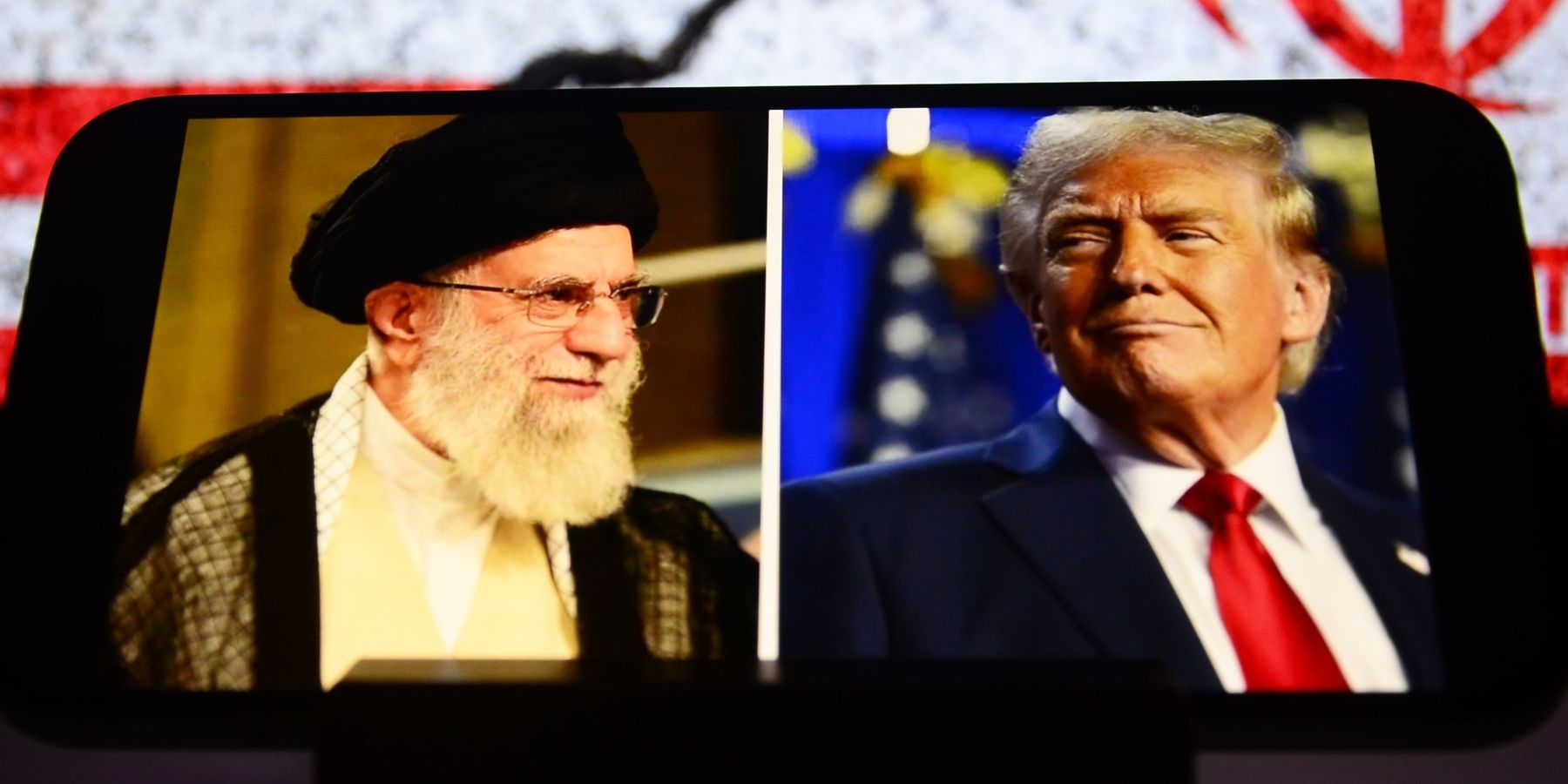Something happened yesterday, and Trump is now determined to take the country to a war of choice. He can change his mind at the last minute, as he did in 2019, but short of that, there will be war.
It is important to understand that capitulation is most likely not an option for Iran for a variety of reasons.
First, Trump's conduct in the past 10 days has destroyed any confidence Tehran has in him and his desire for a peaceful outcome. For the Iranians to ever back down from their long-standing position to never give up enrichment, they must have confidence that backing down ends the conflict. They have no such confidence in Trump at this moment. They don't think he will stop there.
Second, Tehran has lost confidence in Trump's ability or willingness to say no to Israel (that confidence existed earlier to some extent). And Israel will not be content with even a complete dismantlement of Iran's nuclear program.
If the nuclear program is destroyed, Israel will then turn to Iran's missile program. It will not accept Iran having missiles that can wreak havoc on Israel — as Iran has done in the last few days. Without missiles, an air force, or a nuclear deterrent, Iran will be completely exposed and defenseless. Once that is achieved, the Israelis will push for regime change or regime collapse.
And after that, as the Israelis have done in Syria after Assad fell, they will push to destroy the rest of Iran's conventional military so that Iran won't be able to challenge Israel's emerging regional military hegemony for decades to come. Iran's territorial integrity will also be put at risk.
As a result, Tehran does not view capitulation — even if they desired it, which I don't think they do — as a stable outcome.
In their view, their only chance is to fight back. By making the war as costly as possible for the US — even if they will lose it — they think they can either deter Trump, or make him cut the war short. As he did in Yemen.
Thus, if new talks take place and Trump insists on capitulation, he will get war. Iran will pay an immeasurable price. As will the region. But the U.S. will also pay a very heavy price. Scores of American soldiers may be killed. Oil prices will skyrocket, and gas prices in hot summer months in the US will soar. Inflation will go up.
Trump's Iran war may destroy his presidency as Bush's Iraq invasion destroyed his.
Iran will lose. But so will the US. Israel is perhaps the only country that will benefit from this war of choice.
- US lawmakers blast Israel, urge against war with Iran ›
- Israel is not winning. Trump must not cave to new demands for help. ›
- Despite setbacks, trends still point to US foreign policy restraint | Responsible Statecraft ›
- If Israel goes it alone is it risking another 'Suez'? | Responsible Statecraft ›
- US senator: 'War industry' has a stranglehold on Washington | Responsible Statecraft ›



 Top photo credit: Ngô Đình Diệm after being shot and killed in the 1963 coup (US National Archives)
Top photo credit: Ngô Đình Diệm after being shot and killed in the 1963 coup (US National Archives) 












